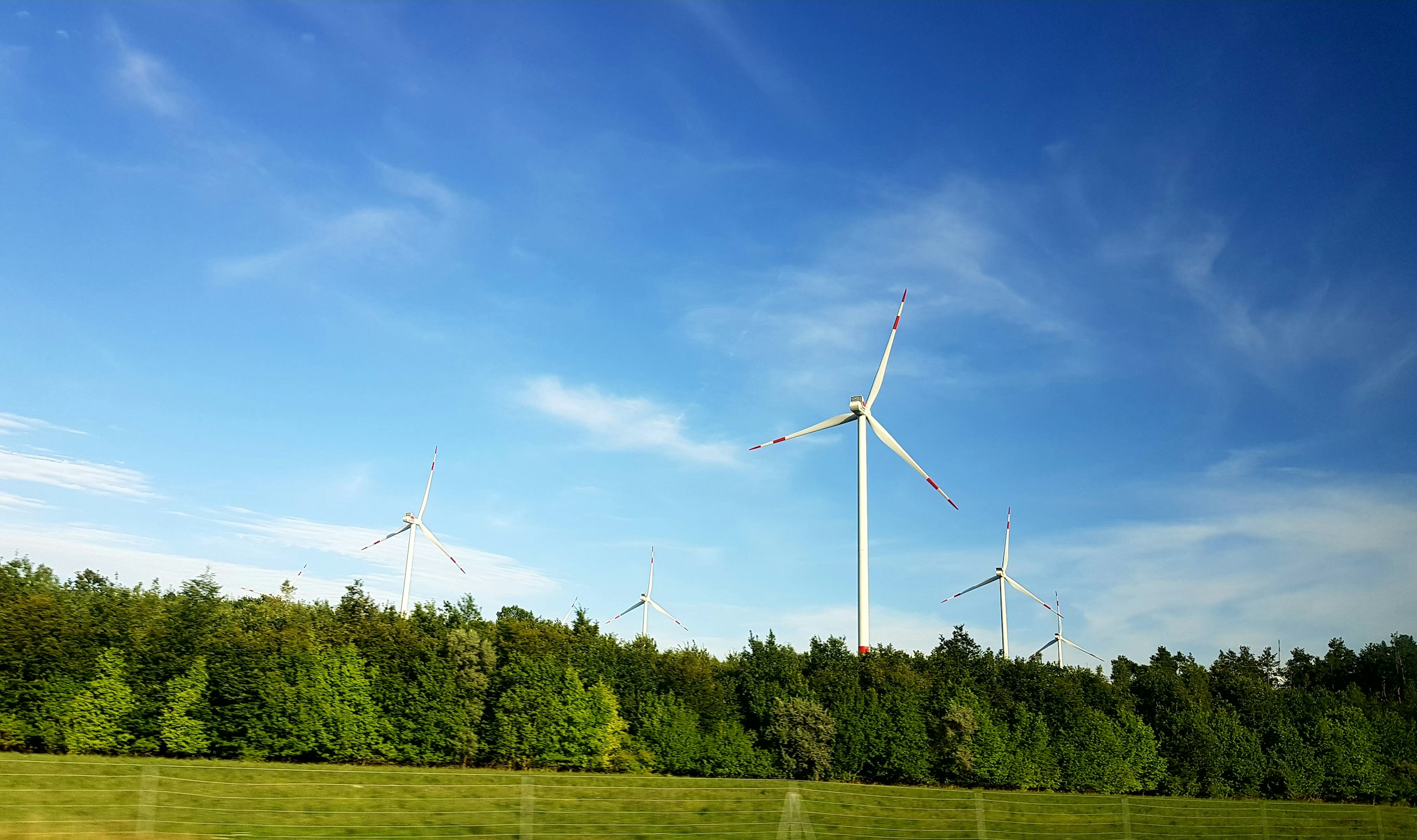The United Kingdom is at the forefront of a global energy revolution, driven by the urgent need to reduce carbon emissions and transition towards more sustainable sources of power. Renewable energy investments are not just environmentally sound; they also present significant financial opportunities. For UK pension funds, the question isn’t whether to invest in renewable energy, but rather how to approach these investments most effectively. This article explores the best strategies for UK pension funds to navigate and capitalize on renewable energy investments.
Understanding the Renewable Energy Landscape
Before delving into specific investment strategies, it’s crucial to understand the current landscape of renewable energy. The UK’s renewable energy sector is diverse, encompassing wind, solar, hydroelectric, and biomass projects. Wind energy, particularly offshore wind, has seen exponential growth and investment, positioning the UK as a global leader. Solar energy, although less dominant, is increasingly becoming a viable option due to dropping costs and technological advancements.
Topic to read : What Are the Best Practices for UK Tech Startups to Manage Intellectual Property?
Pension funds need to familiarize themselves with the different types of renewable energy projects and the unique opportunities and challenges each entails. For instance, offshore wind projects may offer higher returns but come with greater risks and longer development timelines compared to solar farms.
In addition to understanding the types of renewable energy, it’s essential to recognize the regulatory environment. The UK government has committed to achieving net-zero carbon emissions by 2050, creating a favorable policy landscape for renewable energy investments. Subsidies, tax incentives, and supportive regulations all contribute to making these investments more attractive.
Also to discover : Enhancing energy efficiency with vallourec smart tubular solutions
One must also consider the technological advancements driving the sector. Innovations in energy storage, grid integration, and efficiency improvements are continually reshaping the renewable energy landscape. Pension funds must stay abreast of these developments to make informed investment decisions.
Direct Investment in Renewable Energy Projects
Direct investment in renewable energy projects allows pension funds to have a hands-on approach, offering the potential for high returns. This strategy involves allocating capital directly into the development and operation of renewable energy assets. Direct investment can be particularly effective in sectors like offshore wind, where large-scale projects often require substantial funding.
However, direct investment isn’t without its challenges. It demands a deep understanding of the sector, significant financial resources, and a willingness to take on higher risks. Pension funds might need to build or expand their in-house expertise or collaborate with experienced partners to manage these investments effectively.
One approach is to invest in joint ventures or partnerships with established renewable energy companies. These collaborations can provide pension funds with the necessary expertise and reduce the risks associated with direct investment. By partnering with companies that already have a track record of successful projects, pension funds can leverage their partners’ knowledge and experience.
Another key consideration is the geographic diversification of investments. Focusing on a single market or type of renewable energy can expose pension funds to specific regional or sectoral risks. Diversifying investments across different geographies and types of renewable energy can help mitigate these risks and enhance returns.
Investing in Renewable Energy Funds
For pension funds that prefer a more diversified and less hands-on approach, investing in renewable energy funds could be an excellent strategy. These funds pool capital from various investors to invest in a range of renewable energy projects, offering diversification and professional management.
Renewable energy funds come in various forms, including infrastructure funds, private equity funds, and exchange-traded funds (ETFs). Infrastructure funds typically focus on large-scale projects like wind farms and solar parks, offering stable, long-term returns. Private equity funds, on the other hand, may invest in early-stage renewable energy companies, offering the potential for higher returns but with greater risks. ETFs provide liquidity and can be a good option for pension funds looking to invest in publicly traded renewable energy companies.
The primary advantage of investing in renewable energy funds is the diversification they offer. These funds often invest in a variety of projects and companies, reducing the risk associated with any single investment. Additionally, professional management ensures that investments are carefully selected and monitored, allowing pension funds to benefit from experts’ knowledge and experience in the renewable energy sector.
However, pension funds must perform thorough due diligence before investing in any fund. This includes examining the fund’s track record, investment strategy, and fee structure. Understanding the risks and potential returns of the fund is crucial to making informed investment decisions.
Green Bonds and Other Financial Instruments
Another effective approach for UK pension funds is to invest in green bonds and other financial instruments designed to fund renewable energy projects. Green bonds are fixed-income securities issued to raise capital for projects with environmental benefits, including renewable energy initiatives. These bonds offer a relatively low-risk investment option with the added benefit of supporting sustainable projects.
Green bonds have grown in popularity in recent years, driven by increasing demand from environmentally conscious investors. They provide pension funds with a way to invest in renewable energy without the complexities and risks associated with direct project investments. Additionally, green bonds often come with attractive tax incentives, further enhancing their appeal.
Apart from green bonds, there are other financial instruments such as green loans and sustainability-linked bonds. Green loans are similar to green bonds but are structured as loans rather than securities. Sustainability-linked bonds, on the other hand, are designed to finance projects that meet specific sustainability criteria, providing flexibility in how the funds are used.
Pension funds should consider the creditworthiness of the issuer when investing in these instruments. Government-backed green bonds, for example, may offer lower yields but come with higher security. Corporate green bonds can offer higher returns but come with more risks. Diversifying investments across different issuers and types of green financial instruments can help manage these risks.
Engaging in Impact Investing
Impact investing is an approach that seeks to generate positive, measurable social and environmental impacts alongside financial returns. For UK pension funds, impact investing in renewable energy represents a compelling opportunity to align their investment portfolios with their values and the growing demand for sustainable investments.
Impact investing involves identifying renewable energy projects or companies that not only offer financial returns but also contribute to broader environmental and social goals. This could include projects that provide clean energy to underserved communities, create green jobs, or promote innovation in sustainable technologies.
One of the key benefits of impact investing is the potential to attract younger generations of investors who are increasingly prioritizing sustainability and social responsibility in their investment decisions. By incorporating impact investing into their strategies, pension funds can appeal to a broader base of stakeholders and demonstrate their commitment to contributing to a sustainable future.
To effectively engage in impact investing, pension funds need to establish clear criteria for evaluating the social and environmental impacts of their investments. This may involve adopting frameworks such as the United Nations’ Sustainable Development Goals (SDGs) or other industry standards. Additionally, regular monitoring and reporting on the impacts achieved are essential to maintain transparency and accountability.
Pension funds should also consider collaborating with specialized impact investing firms or advisors. These experts can provide valuable insights and help identify high-impact investment opportunities in the renewable energy sector. By leveraging their expertise, pension funds can ensure that their impact investing strategies are both effective and aligned with their financial objectives.
Investing in renewable energy presents a significant opportunity for UK pension funds to achieve both financial returns and positive environmental impacts. By understanding the renewable energy landscape and carefully selecting their investment approaches, pension funds can effectively navigate this dynamic sector. Whether through direct investments, renewable energy funds, green bonds, or impact investing, there are various strategies available to align investment portfolios with the growing demand for sustainability.
Ultimately, the best approach for any pension fund will depend on its specific goals, risk tolerance, and expertise. However, by embracing renewable energy investments, UK pension funds can play a crucial role in driving the transition to a sustainable future while securing long-term financial returns for their beneficiaries.











